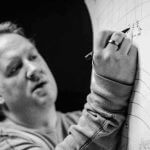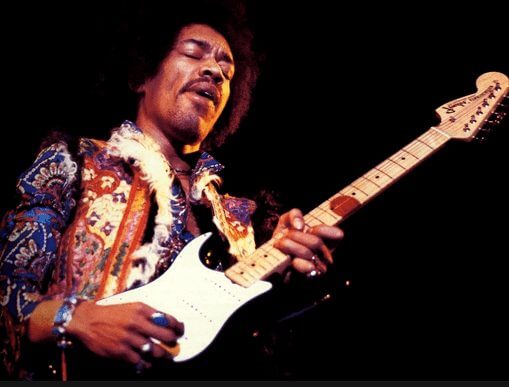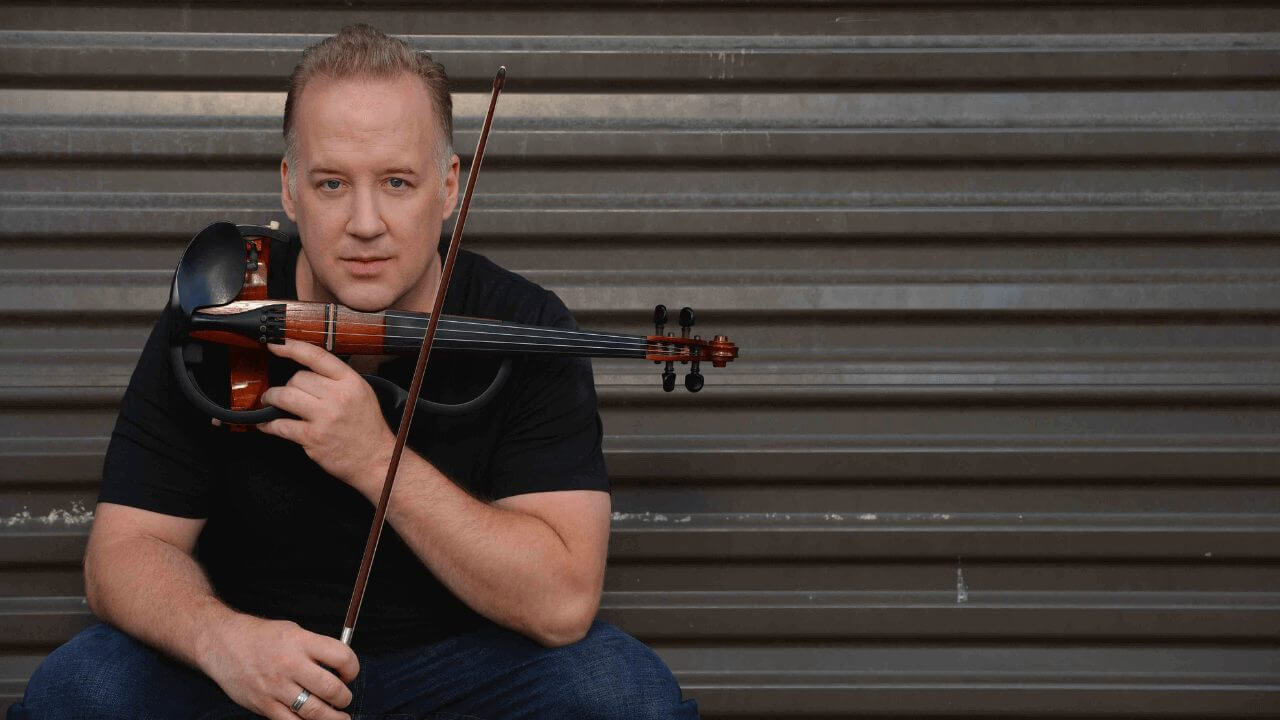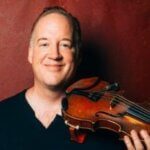People tend to follow a curve that rises, peaks, plateaus, and eventually declines. The question we all face is how to keep growing in spite of this natural tendency.
Physical ability and technical mastery are more difficult to maintain/improve, but your creative artistic voice can continue to grow and become more compelling as you age.
This requires finding courage to put yourself out there again and again, to stretch beyond what you’ve done before and continually reinvent your work.
For more established artists, this means you can’t rest on your laurels. For developing artists, it’s a reason to get busy, because if you have the drive and energy to be prolific, generating a bulk of material could take you far, fast.
Supposedly, most visionaries make their greatest innovations before they become experts, i.e., when they are novices. Once recognized as experts, we become less willing to go into the vulnerable space of the novice, where real exploration happens. We become afraid that we will lose our status as experts and be revealed for the bumbling, fumbling humans that we are. I can think of many artists who made their biggest statements at a relatively early age, when they had nothing to lose.
It could be said that each of us is at the same time both immeasurably powerful and incredibly insignificant. To focus on our smallness is to wallow in despair. To focus on our power is to become obsessed with delusions of grandeur.
The trick is to truly accept this contradiction by both owning power and accepting weakness. Ride the wave! Artists who create every day are optimistic in their ability to transcend their limits, and are also able to be realistic about their limitations and constructively critical of their work, maintaining a skeptical confidence without succumbing to the uncritical denial of arrogance or the paralysis of insecurity.
If you get anxious, I recommend sublimating through exercise, meditation, reading, or other activities that allow you to lose yourself in something totally unrelated to your art. One of my favorite activities is hacky sacking.
Many of my students are aspiring jazz violinists and cellists. I meet other jazz string players around the U.S. who complain about the difficulties of “breaking in” the jazz scene. It’s hard to gain acceptance in the jazz community for various reasons. And then there are infinite reasons that each person has for why it’s even harder for them, whether their training, geography, financial position, physical limitations, something that happened to them, and so on.
Recently I listened to the new CD of one of a former student, Tomoko Omura, and I was humbled by the realization of what she has overcome, and the courage it must have taken, to produce such a great creative work of art. She came from Japan, learned a new language, a new culture, and overcame tremendous odds to get where she is now.
I can imagine how many times she was NOT invited to play on stage at a jam session after waiting for hours just to play one song. I can imagine how many times she must have thought, “Why am I even trying to do this? It seems impossible!” And now, she’s created one of the most beautiful, important, creative and relevant works of jazz violinists in the recent past.
Here are some quick tips for getting engaged creatively:
- Narrow down/compartmentalize: Instead of writing “a song”, be specific: Write a 12-bar song, a bass line in 4/4, a song in a certain style/tempo, a melody, etc. Instead of writing “an essay”, write a “persuasive essay” about a specific subject, with a specific duration.
- Limit the scope; write just one paragraph, one sentence, or 4 bars of a song…
- Schedule: Schedule time in your calendar for working on your project
- Keep notes: Use your phone to keep voice memos or keep a journal
- Review: Listen back to your work at various stages – listen uncritically at first, and listen critically later, allowing for your insights to change over time.
- Try different processes: For a musician, you may work better with pencil and paper, or improvising into a recorder, or using a different instrument, or employing software…
- When you Evaluate your work, do it in microscopic terms (the vibrato, timing, this bar, that bar), rather than sweeping statements (“it sucks”). Think for specific criterion and score each of them separately, such as rhythm, harmony, bar 12-16, phrasing, intonation… By looking more specifically at different aspects of your work it’s easier to see it all in balance.
What is your take on “courage and the creative process”?
What have you done lately to be inspired and how have you followed through on that inspiration?
Leave a comment below and share this if you like.
